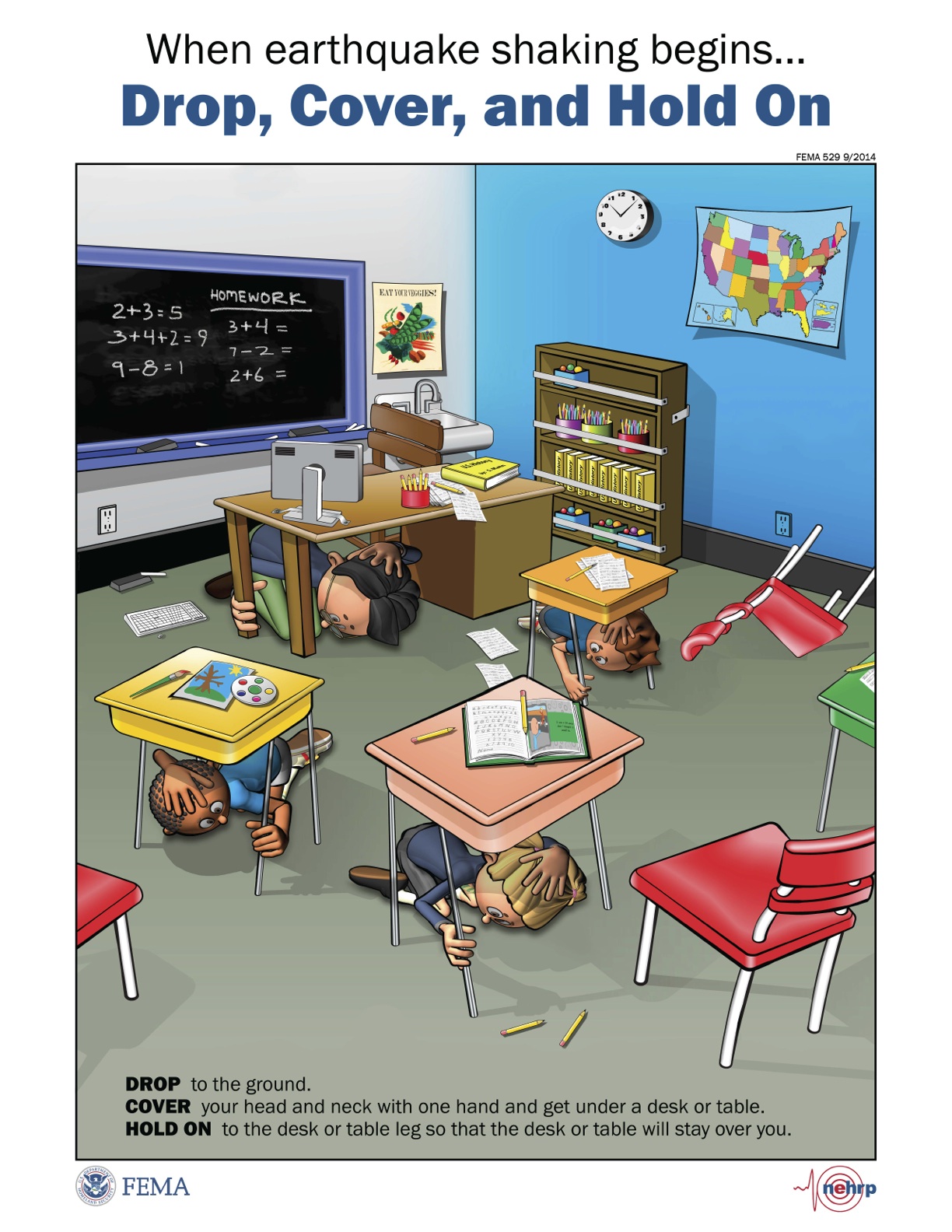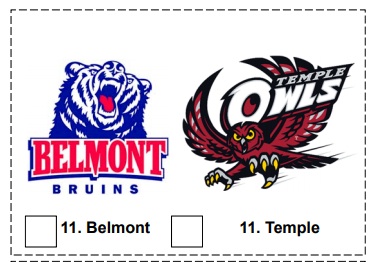When it comes to academic performance, many low-income and minority children don’t perform as well as their more affluent peers. Public policy experts call this problem “the achievement gap.”
According to Teach for America, fourth-graders growing up in low-income communities in the United States often perform at an academic level three years behind peers in high-income communities. If they stay in school — and only about half of these students graduate from high school — they’ve fallen four years behind their more affluent peers.
The achievement gap is not just a concept, happening somewhere else. In Wilmington, DE, only two of the 18 public schools serving primarily low-income and minority children within the city limits are achieving math and reading scores at or above the state average, which itself is only 72 percent.
When we fail to educate all children to a superior standard, third-graders with poor math and reading skills often become middle schoolers with third-grade academic skills. And when they’ve fallen this far behind, many of these children fall off society’s radar altogether. Out of school and often out of work, they must work doubly hard everyday to avoid the vortex of poverty, crime and substance abuse that claims many who have fallen into the achievement gap.
How can we close the gap? As head of school at Kuumba Academy Charter School in Wilmington, I partner every day with high-performing teachers, professional staff, administrators, parents and volunteers to guide and instruct hundreds of primarily low-income and minority students to academic success.
Unfortunately, some people have given up on urban students. They look at some situations and think, “It’s too late,” or “What’s the point?” But if experience has taught me one thing, it is that it is not preordained that children growing up in low-income minority communities will fall into the achievement gap.
I know this to be true from firsthand experience; Kuumba is one of the schools exceeding the state averages in math and reading. And it turns out that the key to academic success for low-income and minority students is really no different than it is for any child: passion.
Children are amazingly perceptive. They can read your passion — or your lack of passion — from across the room. Before they can solve an equation or write a story, children need to know that you care what happens to them, that you are willing to meet them where they are before you guide them where they need to be.
Yes, our Singapore math curriculum is important. And yes, English language arts instruction is vital. And the creative arts play a central role in all that we do as educators. But if we’re going to close the academic achievement gap in Wilmington, we must first ensure that students from low income and minority communities are passionate learners.
I won’t say that with passion the rest is easy. Closing the achievement gap is not going to be easy. But I will say this: Without passion, it will be impossible.
Sally Maldonado is Head of School at Kuumba Academy Charter School (KACS) in Wilmington, DE. She has dedicated her career to working with at-risk students, having served as a classroom teacher and instructional leader prior to her appointment as Head of School. Ms. Maldonado holds a BS in elementary and special education from the University of Delaware and an MEd in school leadership from Wilmington University. She is dually certified in elementary and special education. Through her leadership, KACS has made considerable gains in reading and math performance.






